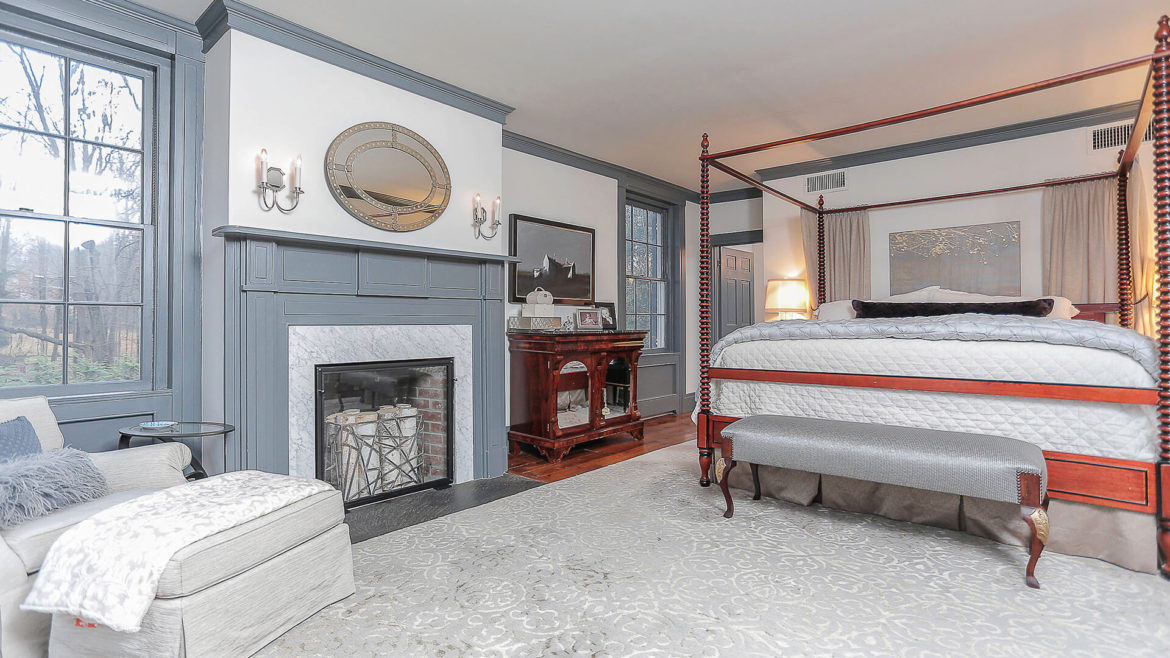Homeowners often use molding and trim interchangeably, but in reality, there’s an important distinction between them. “Trim” is a more general term referring to all types of molding and millwork, while “molding” typically refers specifically to more decorative trim elements incorporated in the home.
Regardless of what terminology you use, your choice of molding and trim can either add the perfect finishing touch to your luxury home renovation or disrupt the flow of your design. Here’s how to choose the right fit for your project.
Molding Styles, Profiles, and Materials
Lowe’s offers a comprehensive molding glossary to help homeowners get to know the more common types of molding. There are countless trim and molding options available today in a variety of materials, profiles, and styles. Each molding and trim style is steeped in history and reflects the architectural trends of the periods in which they were originally developed.
Here are some of the different trim and molding options available:
Molding & Trim Styles
Classic Colonial
Straightforward, classic molding and trim styles with a smooth refined look. Traditional molding and trim styles work best for formal symmetry and straightforward functionality. They offer clean lines and unobtrusive designs, a subtle nod to the Colonial homes of the 1700s.
Victorian & Italianate
Victorian molding and trim styles give an authentic, preserved historic look with some additional flair. They reflect the grandiose style of the Victorian Era, with intricate detail and complexity. (As a leading historic home restoration firm, we have extensive experience installing authentic molding and trim styles in our projects to preserve the look and feel of the historic homes in Westchester and Fairfield Counties.)
Arts & Crafts/Craftsman
After the ornamentation and grandeur of the Victorian Era, architects began gravitating toward simpler, practical shapes during what’s now known as the Arts & Crafts Movement, best exemplified by notable architects like Frank Lloyd Wright. These molding styles are typically simple, rectangular, and clean.
20th Century America
In the 1900s, moldings kept many of the elements of the simple Arts & Crafts, ornate Victorian, and classic Colonial styles with a bit of a modern flair. These modern moldings emerged specifically to accommodate the 20th Century lifestyle, where entertainment structure, floor-to-ceiling windows, and open-floor plans come standard.
Molding & Trim Materials
Pine
Primed or unprimed, pine is an excellent choice of wood due to its unique knots and grain textures. It’s a standard molding material across most—if not all—popular trim styles.
Fir
Whether you opt for mixed grain or vertical grain, fir is an ideal material for staining. Its grain patterns can be easily emphasized for a warm, refined look.
Plaster
Plaster is commonly used in more ornate molding designs due to its ability to be cast into elaborate profiles that can’t easily be sculpted out of wood. When a particularly intricate design is involved, plaster moldings will need to be made to order. Plaster may be incredibly heavy and run the risk of cracking, but its quality and design potential are unmatched.
Poplar
Similar to other wooden molding options, poplar is an excellent option to balance quality, durability, and design, but its unique grain lines and rich wood tones are aesthetically pleasing whether they’re bare, painted, or stained.
Polyurethane
To achieve high durability, high density, and low weight in your molding styles, polyurethane is an excellent choice. It comes at lower costs than wood materials, but doesn’t have the authenticity of a true wooden trim style.
MDF (Medium-Density Fiberboard)
MDF is a popular molding material for homeowners looking to cut costs and enhance durability but isn’t recommended for every renovation project. If you’re interested in exploring MDF molding options for your home, consider speaking to the experts for their best advice.
How to Choose the Perfect Paint or Stain
There is no absolute rule for finding the right trim and molding color selection for each room, but there are key elements to consider. ?When you get a trim and molding installed with the same colors as the ceiling, each room contributes to a universal theme throughout the house. In addition, you can change your walls to any color that you like and use a single color on the trim?and ceilings, which provides a smooth transition between each room as you travel throughout your home.
White and certain off-white trim shades will complement any wall color—which is exactly why they are so popular. ?White is going to lighten a strong color and help to relieve the eye visually when your color scheme incorporates a lot of darker hues and colors. If your home uses a lot of lighter colors, the white trim will provide a clearer look, while a bit of contrast will emphasize darker wall colors.
A classic shade of white trim gives you more flexibility in wall color selection, room design, and color accents for each area of your home. If you want to bring attention to a particular area or element, you can use a more eye-catching trim color to draw focus to that area of the room.?For example, when the paint color around the fireplace or built-in bookshelf stands in contrast to the trim color, you provide a focus to these architectural details. Keep this in mind next time you are looking to do some?interior painting.
No matter where you are in the process of your home improvement project, Gerety Building & Restoration can help you find the perfect trim for your luxury home. If you have any questions about molding options, architectural styles, or any other aspect of your home, let us know.

